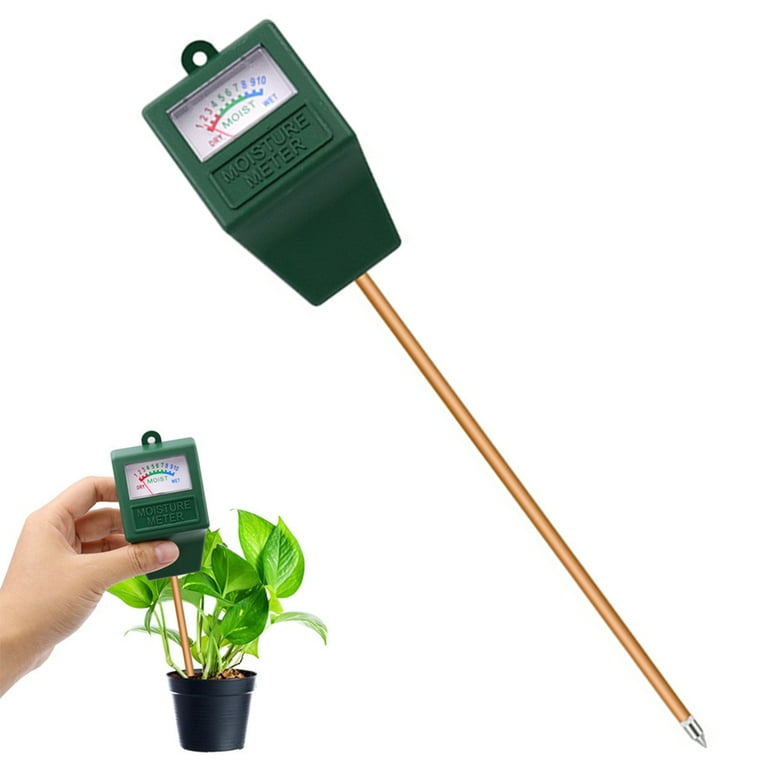Understanding the Various Types of Moisture Meters and Their Applications
Understanding the Various Types of Moisture Meters and Their Applications
Blog Article
Explore the World of Moisture Meters: Every Little Thing You Need to Know
In the world of moisture meters lies a globe of accuracy and functionality that usually goes undetected. Recognizing just how moisture meters operate, the various kinds readily available, and their varied usages can shed light on their significance in making sure quality and performance.
Just How Moisture Meters Work
Moisture meters run by measuring the electric conductivity or capacitance of products to figure out the dampness material existing. These meters are very useful tools across various sectors, consisting of agriculture, woodworking, and building. By making use of different techniques such as pinless or pin-type innovation, moisture meters provide precise analyses that help specialists make informed choices.
Pin-type wetness meters function by inserting the sharp pins into the material being checked. On the various other hand, pinless dampness meters use electro-magnetic signals to scan a larger location without triggering any damage to the material's surface.
No matter of the method made use of, moisture meters play a crucial duty in preventing issues such as mold development, structural damage, or item problems caused by excess wetness. Understanding how these meters work is necessary for ensuring the high quality and stability of products in numerous applications.
Types of Moisture Meters
Offered the vital role moisture meters play in various industries, it is important to understand the various types offered to experts for precisely evaluating dampness degrees - Moisture Meter. There are mainly 2 major kinds of dampness meters: pin-type and pinless moisture meters

On the other hand, pinless dampness meters use electromagnetic sensing unit plates to check a bigger location of the material without creating any kind of damages. This type is ideal for promptly scanning big locations and is commonly made use of for floor covering, walls, and ceilings. Pinless meters are hassle-free for taking analyses on completed surfaces without leaving any type of visible marks.
Both types of moisture meters have their benefits and are chosen based upon the details needs of the job handy. Recognizing the distinctions between these kinds is essential for experts to make precise moisture evaluations.
Applications Across Industries
Building and construction experts count on moisture meters to analyze the wetness degrees in building products like drywall, concrete, and timber, which is important for keeping architectural honesty and avoiding problems like rot or mold and mildew. The floor covering industry uses moisture meters to gauge the dampness web content in subfloors before mounting numerous floor coverings, avoiding pricey problems due to excess dampness. In the food industry, moisture meters are used to monitor and control moisture degrees in products home such as grains, nuts, and dried fruits to preserve freshness and high quality.
Tips for Utilizing Dampness Meters
Make use of the moisture meter's calibration settings to ensure precise analyses when determining the dampness material in different products. Calibration is important for the proper performance of a wetness meter. Prior to each use, it is advisable to check and adjust the calibration setups according to the certain material being checked. Furthermore, make certain the meter is established to the proper dampness range for the material you are measuring to obtain one of the most exact outcomes.
When making use of a pin-type wetness meter, put the pins to the ideal depth advised for the product being tested. This makes sure that the moisture analyses are taken from the right depth within the product, providing a more precise depiction of its dampness content. For pinless wetness meters, bear in mind to preserve correct contact with the material's surface to get trusted readings.
On a regular basis check and replace the batteries in your moisture meter to stop incorrect readings because of low power. Store the meter in a dry and risk-free location when not being used to extend its life expectancy and keep its accuracy. By following these tips, you can make best use of the efficiency of your dampness meter and acquire accurate wetness web content dimensions throughout different materials.
Upkeep and Calibration
To guarantee the accuracy of wetness material dimensions, regular upkeep and calibration of the moisture meter are vital action in its appropriate performance. Maintenance includes keeping the moisture meter free and clean from particles that can impact its readings. It is important to follow the producer's standards for cleaning up to avoid damage to the gadget. In addition, normal calibration is essential to validate the accuracy of the readings. Calibration changes the moisture meter to make certain that it gives regular and trusted results.
Calibration should be carried out regularly, particularly if the dampness meter is utilized frequently or in my latest blog post important applications where accurate dimensions are you could try this out called for. Lots of moisture meters feature calibration devices or can be calibrated by expert services. Moisture Meter. It is advised to maintain a log of calibration days and results to track the efficiency of the moisture meter gradually. By calibrating the wetness and keeping meter frequently, individuals can rely on the accuracy of the dampness material measurements gotten.
Final Thought

To conclude, moisture meters play an important duty in different markets by properly gauging the wetness content of materials. Understanding just how these gadgets work, the various types offered, and correct maintenance and calibration are necessary for obtaining reliable results. Whether in production, building and construction, or agriculture, making use of wetness meters assists make certain top quality control and performance in processes.

In final thought, moisture meters play an essential role in various sectors by properly measuring the dampness web content of products.
Report this page